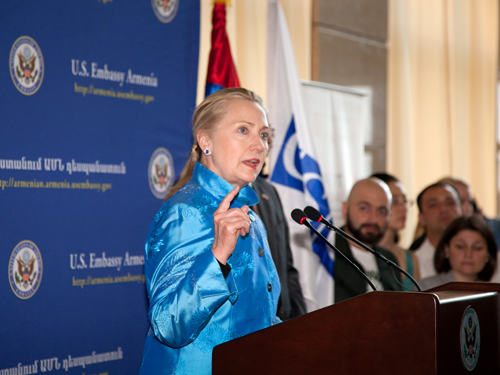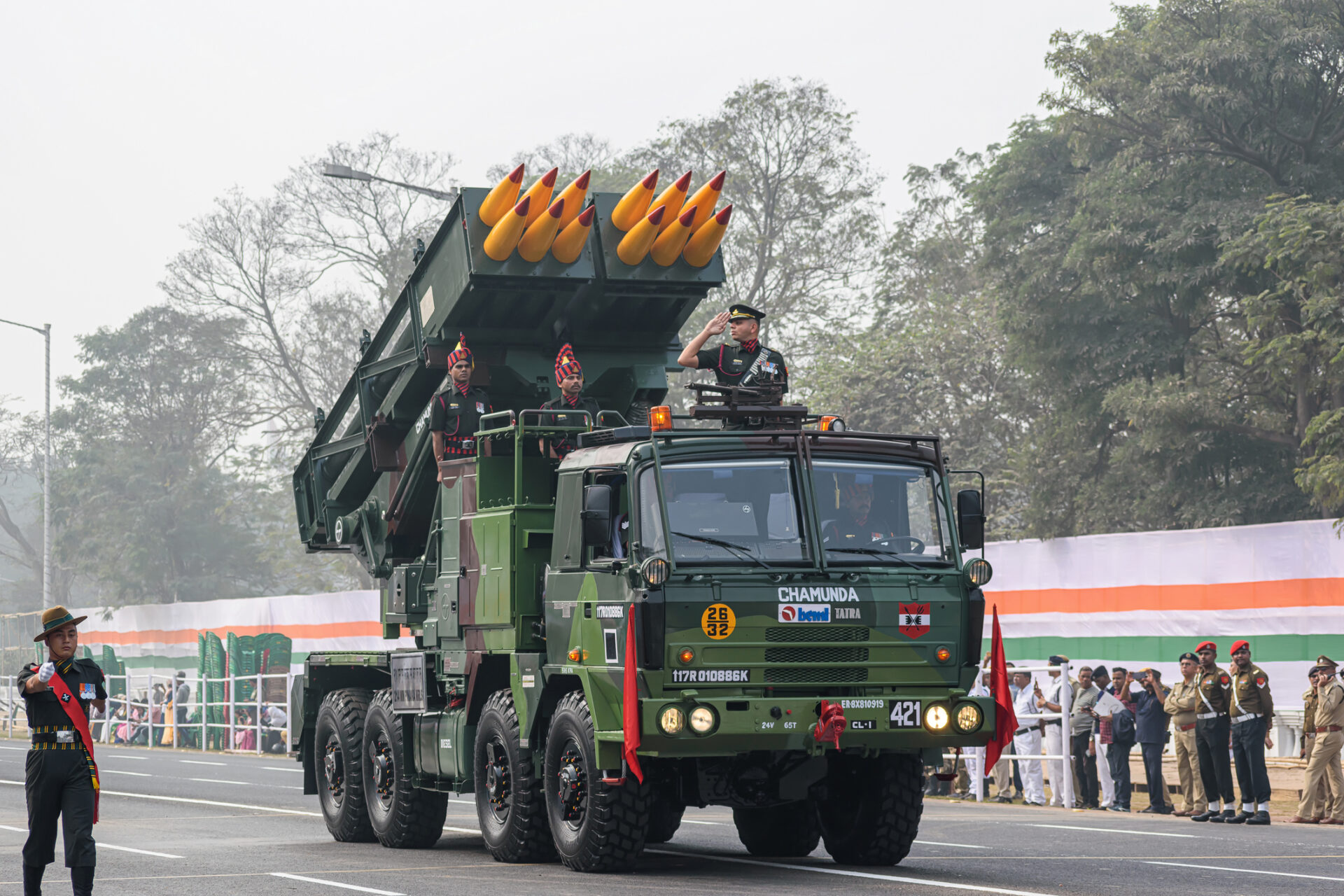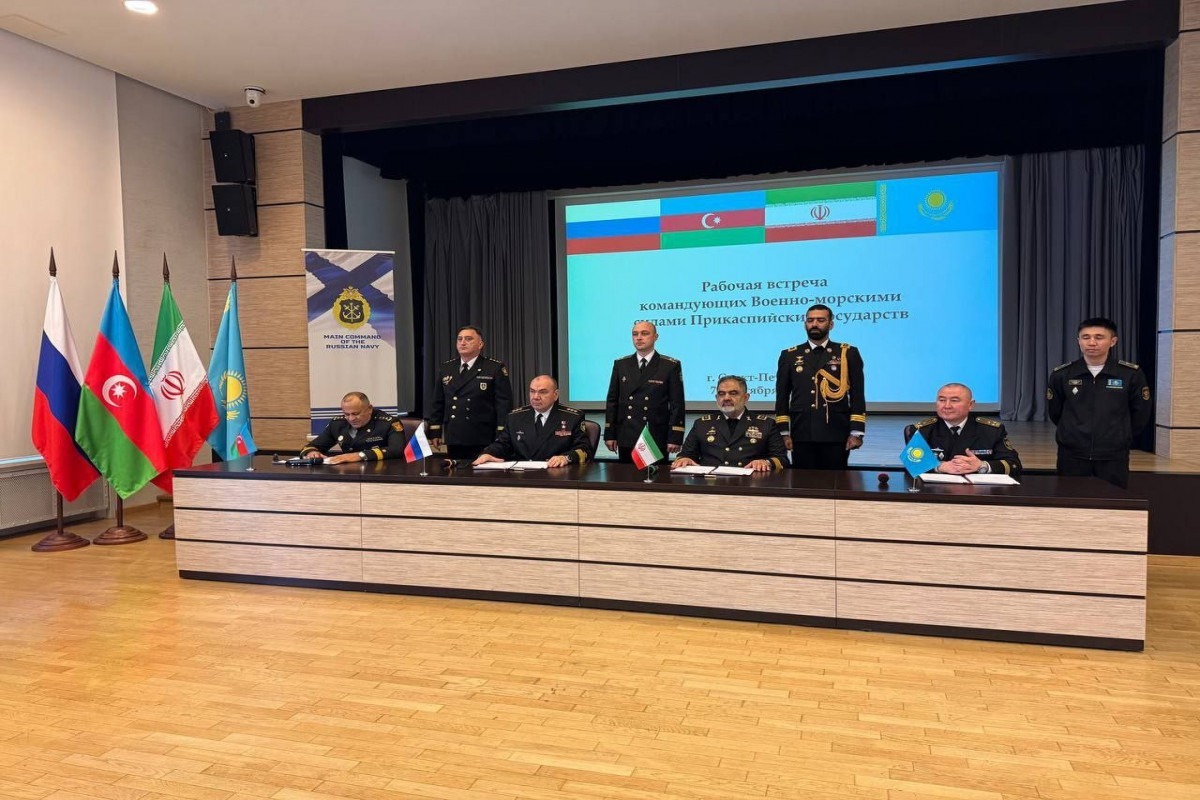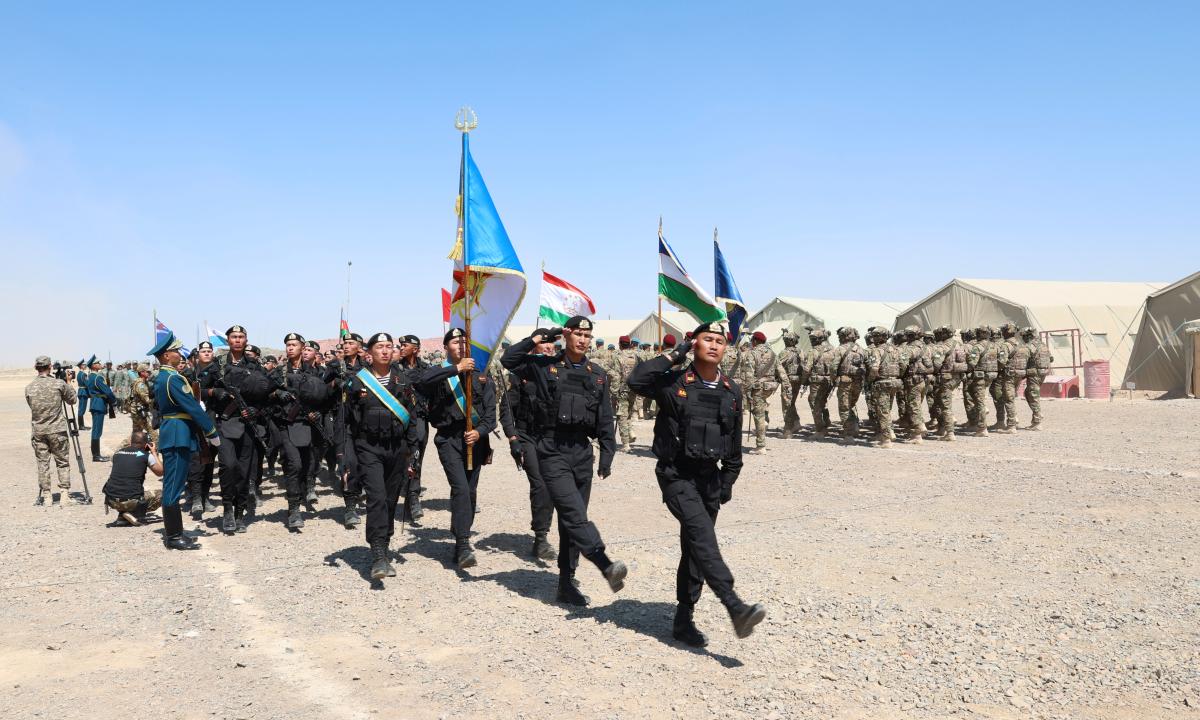
Military Clashes Between Armenia and Azerbaijan Threaten Stability in Region
Military Clashes Between Armenia and Azerbaijan Threaten Stability in Region
The threat of a renewal of war between Azerbaijan and Armenia became increasingly imminent last week as US Secretary of State Hillary Clinton visited the region. The governments of both countries blamed each other for violating the cease-fire while mediators rushed to calm the sides into not taking drastic actions. Both countries are still technically at war because of the unresolved status of Karabakh, a region that belongs to Azerbaijan but is still occupied by Armenian troops. The sides agreed to a cease-fire in 1994 but the conflict has not been settled since. Military clashes along the border occur occasionally, but do not usually reach the level of a full-scale war. This time, however, fear of the war’s resumption is real.
On June 4, Yerevan issued an official statement accusing Baku of killing three and wounding several other soldiers in the heavily militarized border between the two countries. Armenian sources claimed that its soldiers died while fighting off a cross-border incursion of Azerbaijani forces into Armenia’s Tavush region (1in.am, June 4). The Azerbaijani Defense Ministry replied quickly, denying that its forces shot any Armenian troops. The ministry alleged that the soldiers had been killed by Armenian comrades in a friendly fire incident (Trend, June 4). The shooting coincided with Secretary Clinton’s visit to Yerevan where she was scheduled to speak about the Karabakh conflict. A day later, the Azerbaijani side accused Armenia of violating the cease-fire at the contact line and killing five Azerbaijani soldiers. According to Azerbaijan’s Defense Ministry, the soldiers were killed in a skirmish after Armenian troops tried to enter territory controlled by the Azerbaijani army in the Gazakh district, in northwestern Azerbaijan (Day.az, June 5).
Several countries expressed their concern about this recent escalation. Russian Foreign Ministry spokesman Alexander Lukashevich said in a briefing on June 7 that Moscow considers further escalation of the conflict to be unacceptable. He urged the parties to continue efforts aimed at achieving conflict resolution through peaceful means based upon the principles of non-use of force, respect for territorial integrity and the people’s rights to self-determination (Trend, June 7). The French Foreign Ministry also expressed its concern and called on both sides to commit to a peaceful resolution of the conflict (Turan, June 7).
In the midst of her visit to Georgia, Armenia and Azerbaijan, Secretary Clinton voiced her disappointment about the reports of the soldiers’ deaths. She said at a briefing in Baku that she had called both Presidents Ilham Aliyev (Azerbaijan) and Serzh Sargsyan (Armenia) to make necessary efforts to achieve a settlement of the conflict (Contact.az, June 6). As experts believe, the Karabakh conflict was already going to be a major agenda topic for Clinton during her visit. Sabina Freizer, Director of the Europe Program of the International Crisis Group hopes that Clinton’s visit will have a positive effect on the possible resolution of the Karabakh conflict (Turan, June 7).
Several Azerbaijani political scientists saw hints of Russia’s role in the recent border conflict’s escalation. Military expert Azad Isazade stated that the armed clashes were closely associated with the arrival of US Secretary of State Hillary Clinton to the region. He believes that forces opposed to resolving the conflict have tried to demonstrate to the US establishment that Russians are the major power in the Caucasus and could provoke the war at any moment (News.az, June 8). Vafa Guluzade, a political scientists and a former advisor to the President of Azerbaijan, claimed that the Russian government is behind the recent escalations since the Karabakh conflict is the only tool that Moscow can use against Baku. Moreover, he argued that Russia’s reaction might have been sparked by a combination of things: Moscow’s concern over Clinton’s visit to the Caucasus, Western pressure on the Russian allies in the Middle East (Iran and Syria) as well as falling prices of oil. He further stated that no further steps toward achieving a resolution to the conflict will occur so long as Yerevan remains under Moscow’s influence (Regnum, June 8).
At the same time, Russian fighter jets have been conducting an increasing number of training flights over Armenia. Russia’s military spokesman, Colonel Igor Gorbul, noted recently that Russian fighter jets stationed at a base in Armenia have conducted about 300 training flights since the beginning of 2012, and have increased the number of flying hours by more than 20 percent from last year (Interfax, June 8).
It is very difficult to predict how the situation will evolve. Armed clashes have happened periodically over the last 20 years. However, separate emerging regional problems – including continued Azerbaijani-Iranian tensions, the undecided fate of the Gabala Radar Station, mounting international pressure on Iran and Syria, as well as Putin’s return to the Russian presidency – may result, in various ways, to a further escalation of the Armenian-Azerbaijani conflict over Karabakh. The recent violent clashes clearly signaled to all sides that the conflict could rapidly turn from a “frozen” into hot war.


